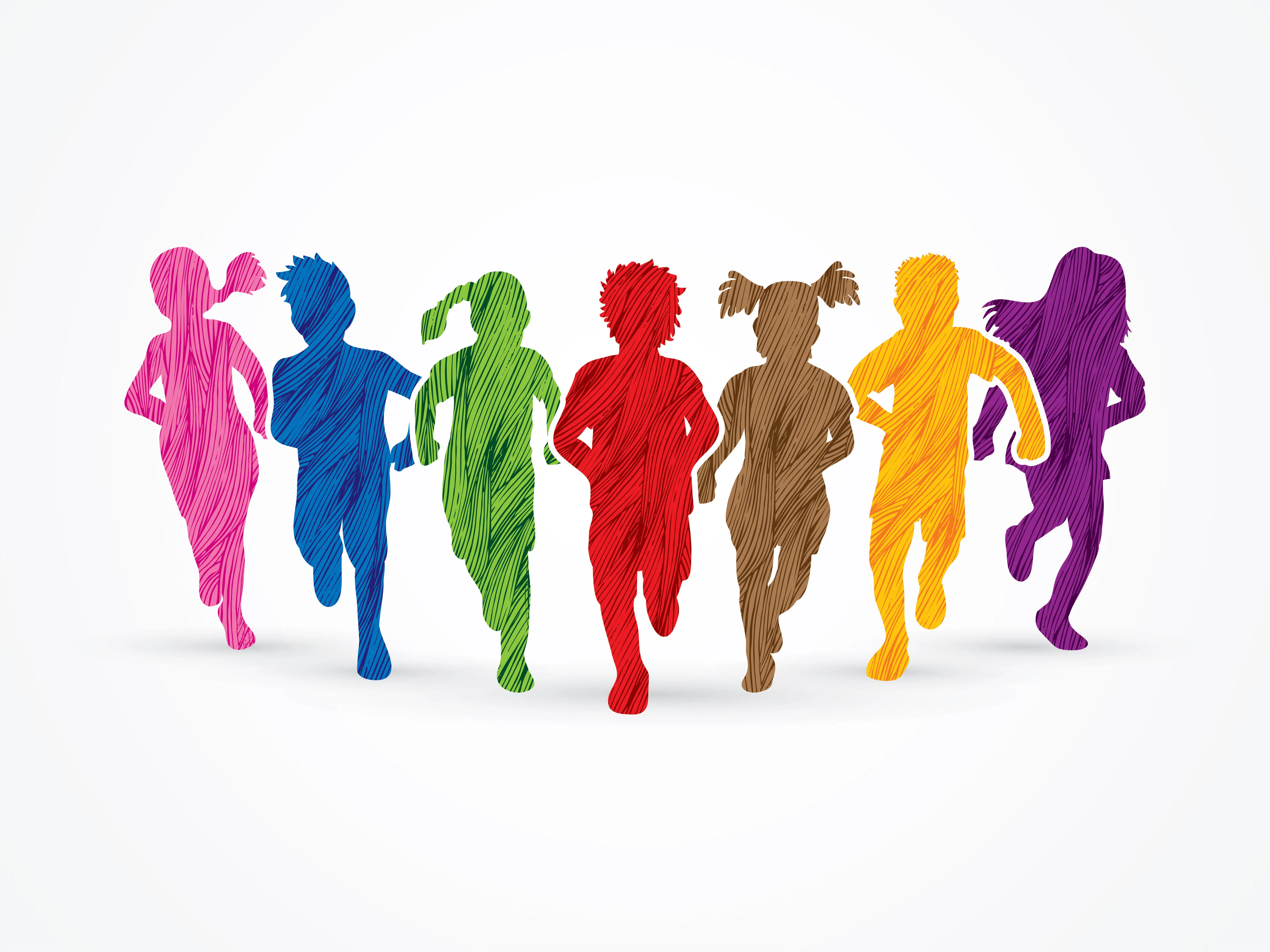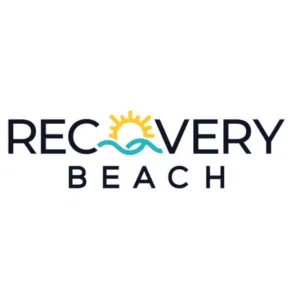Sports can be an excellent experience for young people looking to create a community and join a fun activity. For some LGBTQ+ youth, participating in sports can be a positive experience. However, there can be many challenges for others, and they have to deal with discrimination on multiple levels.
Negative experiences due to sports can be traumatic and damaging to a young person’s mental health and create issues with fitting in and their well-being in general. This article will explore how we can make sports more inclusive for LGBTQ+ youth and create a more affirming space.
Some Stats About LGBTQ+ Youth in Sports
A research brief from The Trevor Project analyzed LGBTQ+ youth’s participation in sports. The survey analyzed data from about 35,000 young people who identify as LGBTQ+, with participants from ages 13 to 24. It determined that:
- 32% of LGBTQ+ had participated in sports
- 68% had never participated
- 18% heard negative things regarding LGBTQ+ people from a coach
- 16% heard positive things regarding LGBTQ+ people from a coach
In addition, other studies found:
- 84% of Americans surveyed have witnessed or experienced Anti-LGBTQ attitudes in sports (info from https://outonthefields.com/media/#United%20States)
- In the 33 States that still have anti-LGBTQ sports participation policies, only 20% of LGBTQ youth report that they participate in sports. (info from transathlete.com)
The percentage of youth who currently play on a sports team is as follows:
- 68% national sample of all youth
- 24% HRC sample of LGBTQ youth
- 14% non-binary youth
- 14% transgender boys
- 12% transgender girls
Why is LGBTQ+ Youth Hesitant to Join Sports Teams?
There are many reasons LGBTQ+ youth might be hesitant to join a sports team. The study from the Trevor Project also determined why some LGBTQ+ students may be reluctant to join sports. Firstly, locker rooms could be a stressful environment for LGBTQ+ students.
In addition, only 4% of our LGBTQ+ student-athletes said they felt safe or comfortable opening up to a sports leader or coach if they needed help and were having feelings of hopelessness, sadness, or depression.
Why Is Sports Participation Important for LGBTQ+ Youth?
Sports have many positive physical and mental health benefits. They can also improve fitness and create healthier habits for the future. Regarding mental health, physical activities from sports can release endorphins to improve mood, and socializing and being part of a team can be confidence-boosting.
However, when bullying in sports programs occurs, it can do the opposite and create negative mental health consequences and harm a person’s self-esteem. All in all, there need to be safer environments for LGBTQ+ young people on sports teams.
Read more: Transgender Youth and Healthcare
What Can Coaches and Others Do?
Every student, especially LGBTQ+ and other marginalized students, deserves to feel safe and included at school. Being a sports team member can be beneficial both emotionally and socially. Young LGBTQ+ people who participate in sports at school reported improved well-being and a deeper connection to their school than their LGBTQ+ peers who are not involved in sports. However, many LGBTQ+ students still do not feel safe at school and can be put off by the culture surrounding sports and be hesitant to participate. However, coaches, staff, parents, and other players can encourage teamwork, commitment, wellness, and enhanced self-esteem.
Some ways that coaches and others can help LGBTQ+ students involved in sports include:
Don’t Make Assumptions
It is essential not to make assumptions about LGBTQ+ players and their sexual orientation or gender identity. For example, don’t assume LGBTQ+ players exist in sports, and don’t assume that there aren’t any LGBTQ+ players on your team. According to research, four out of five LGBTQ+ players aren’t “out” to their coaches. When it comes to transgender athletes, the number is higher. Your team will be a much safer space for LGBTQ+ athletes when you provide more inclusive practices and policies.
Educate Yourself
Education is essential for learning about LGBTQ+ athletes and some struggles that they may end up facing. First, you’ll want to participate in LGBTQ+ inclusion training if you’re unsure where to start. LGBTQ+ inclusion training can better equip you and your staff to support LGBTQ+ youth on your team.
Having more resources and tools is always a good thing and can help you better understand various LGBTQ+ identities. In addition, training can prevent you from developing any anti-LGBTQ+ biases.
Use More Inclusive Language
Implementing more inclusive language will set a good example for everyone on your team. Some sports sayings are outdated and originate from sexist, homophobic, transphobic, racist, or ableist notions. When you learn how to be more inclusive with your language, you will be more intentional with your communication and eventually eliminate any problematic terms from your vocabulary.
Be Respectful
Respect is essential for all students, especially LGBTQ+ students participating in sports. You can change your language to say things like “Welcome, everyone” instead of using gendered terms, which can be exclusionary for nonbinary or gender-diverse athletes. In addition, it is essential to be more empowering towards athletes and use positive, affirming language instead of problematic phrases like “suck it up” or “man up.”
In Summary
Participating in sports can better a young person’s mental and physical well-being and help them feel a sense of belonging. However, when LGBTQ+ youth do not feel welcome, safe, or are being discriminated against, sports can be a traumatic experience. It is essential for a coach, parent, teammate, school staff, and others to become educated about LGBTQ+ youth and their needs for being included in sports. Some of our previous suggestions can be a good start encouraging LGBTQ+ children to become involved in sports.















